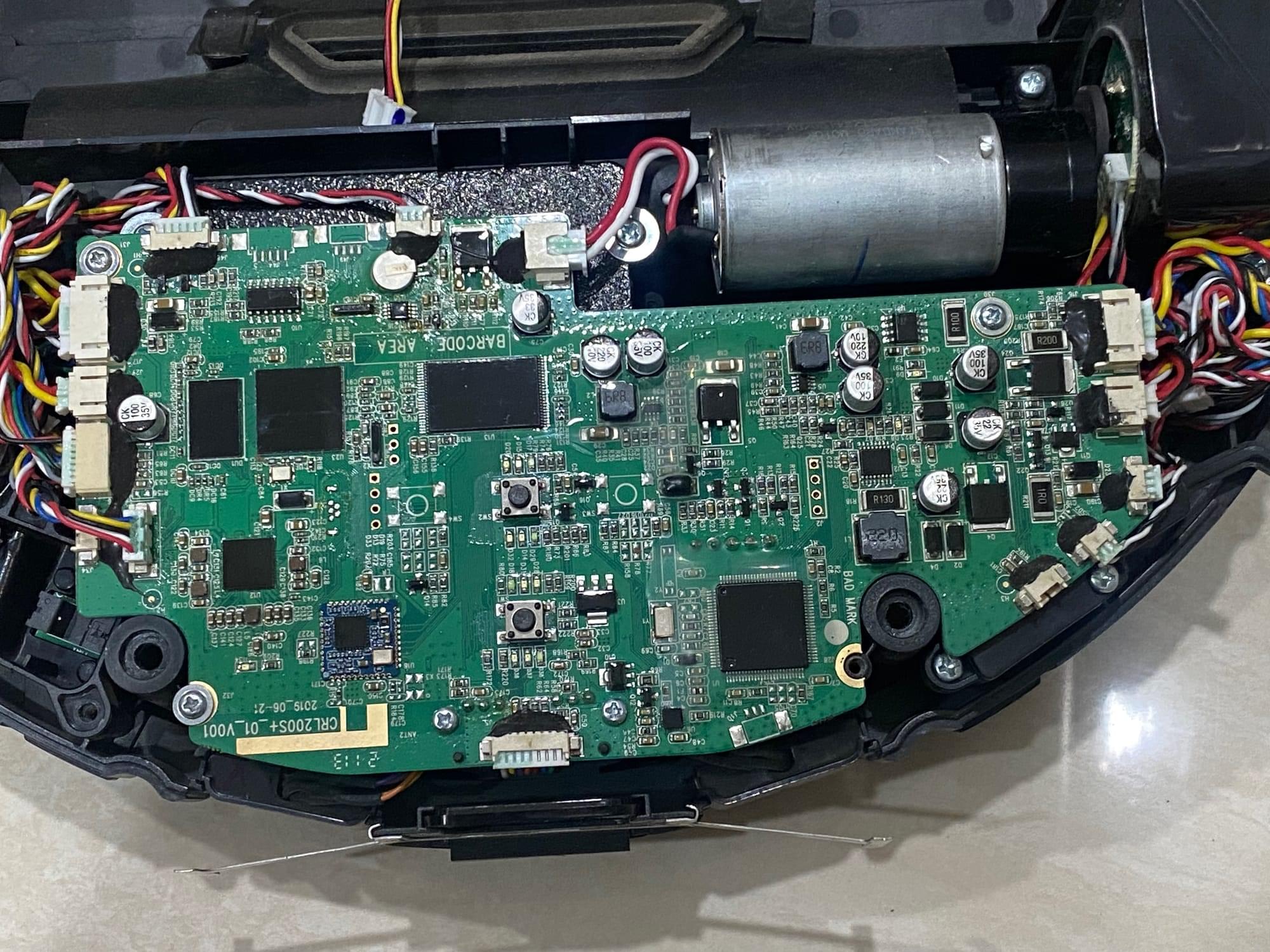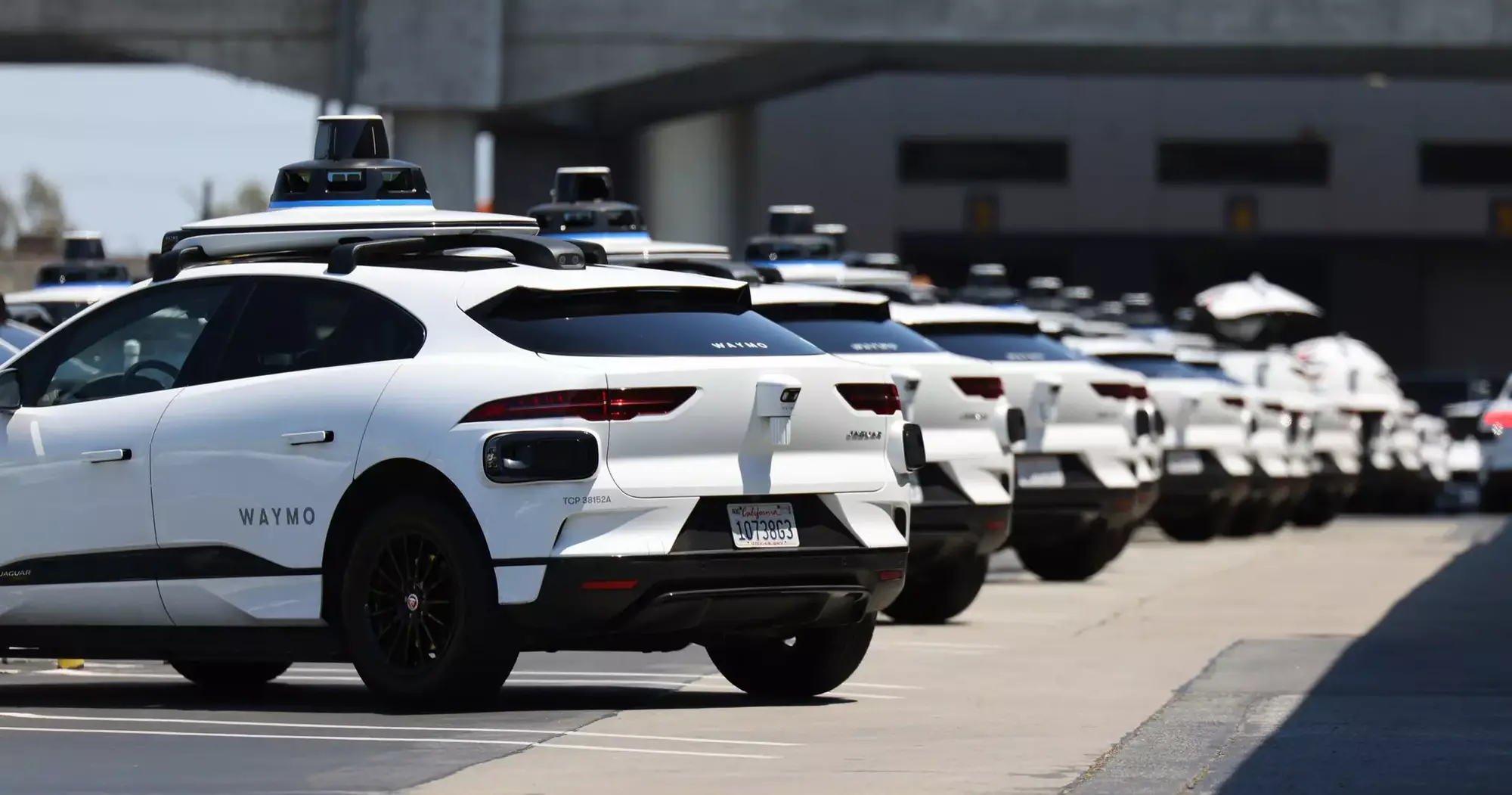International AI symposium on Oct 27 at Seoul Dragon City. Join AI leaders.



Would you allow a stranger to drive a camera-equipped computer around your living room? You might have already done so without even realizing it.
It all started innocently enough. I had recently bought an iLife A11 smart vacuum—a sleek, affordable, and technologically advanced robot promising effortless cleaning and intelligent navigation. As a curious engineer, I was fascinated by its workings. After leaving it to operate for the entire year, my curiosity got the better of me.
I’m a bit paranoid—the good kind of paranoid. So, I decided to monitor its network traffic, as I would with any so-called smart device.
Jeremy Barton and Nanotechnology.
*This video was recorded at ‘Paths to Progress’ at LabWeek hosted by Protocol Labs & Foresight Institute.*
Protocol Labs and Foresight Institute are excited to invite you to apply to a 5-day mini workshop series to celebrate LabWeek, PL’s decentralized conference to further public goods. The theme of the series, Paths to Progress, is aimed at (re)-igniting long overdue progress in longevity bio, molecular nanotechnology, neurotechnology, crypto & AI, and space through emerging decentralized, open, and technology-enabled funding mechanisms.
*This mini-workshop is focused on Paths to Progress in Molecular Nanotechnology*
Molecular manufacturing, in its most ambitious incarnation, would use programmable tools to bring together molecules to make precisely bonded components in order to build larger structures from the ground up. This would enable general-purpose manufacturing of new materials and machines, at a fraction of current waste and price. We are currently nowhere near this ambitious goal. However, recent progress in sub-fields such as DNA nanotechnology, protein-engineering, STM, and AFM provide possible building blocks for the construction of a v1 of molecular manufacturing; the molecular 3D printer. Let’s explore the state of the art and what type of innovation mechanisms could bridge the valley of death: how might we update the original Nanotech roadmap; is a tech tree enough? how might we fund the highly interdisciplinary progress needed to succeed: FRO vs. DAO?
*About The Foresight Institute*

Shifted from slightly against to strongly in favor. 2023: half oppose, 2025: only 29 oppose. People fear new technology… until it is no longer new.
Expect this to happen with things like cell ag (lab grown meat), nanobots, and the like. Most people are not ideologically oppose to them, they just want enough time for them to prove themselves as safe.
“Opposition to autonomous vehicles is on the decline, the poll showed: In 2023, more than 50% of voters opposed driverless cars; now, it’s 29%.”
And:
“Two-thirds of voters said they support allowing fully autonomous vehicles to operate in San Francisco. It’s a significant increase from 2023, when fewer than half agreed with the sentiment.”
(https://sfstandard.com/2025/10/08/san-francisco-became-waymo-pilled/)

Meet the caretaker AIs: guardians of planets, habitats, and civilizations. What happens when machines become the spirit and soul of the worlds they protect?
Checkout Rifftrax https://go.nebula.tv/rifftrax?ref=isa…
Watch my exclusive video The Fermi Paradox — Civilization Extinction Cycles: https://nebula.tv/videos/isaacarthur–…
Get Nebula using my link for 40% off an annual subscription: https://go.nebula.tv/isaacarthur.
Grab one of our new SFIA mugs and make your morning coffee a little more futuristic — available now on our Fourthwall store! https://isaac-arthur-shop.fourthwall…
Visit our Website: http://www.isaacarthur.net.
Join Nebula: https://go.nebula.tv/isaacarthur.
Support us on Patreon: / isaacarthur.
Support us on Subscribestar: https://www.subscribestar.com/isaac-a…
Facebook Group: / 1583992725237264
Reddit: / isaacarthur.
Twitter: / isaac_a_arthur on Twitter and RT our future content.
SFIA Discord Server: / discord.
Credits:
Caretaker AI & Genus Loci 2025 Edition.
Written, Produced & Narrated by: Isaac Arthur.
Editors: Ludwig Luska.
Graphics:
Bryan Versteeg.
Jeremy Jozwik.
Ken York YD Visual.
Kris Holland Mafic Studios.
Select imagery/video supplied by Getty Images.
Music Courtesy of Epidemic Sound http://epidemicsound.com/creator
Over the past decade, deep learning has transformed how artificial intelligence (AI) agents perceive and act in digital environments, allowing them to master board games, control simulated robots and reliably tackle various other tasks. Yet most of these systems still depend on enormous amounts of direct experience—millions of trial-and-error interactions—to achieve even modest competence.
This brute-force approach limits their usefulness in the physical world, where such experimentation would be slow, costly, or unsafe.
To overcome these limitations, researchers have turned to world models—simulated environments where agents can safely practice and learn.
Support CleanTechnica’s work through a Substack subscription or on Stripe.
Because why not?
NVIDIA has actually been involved in the robotaxi world for years, providing different hardware needs to various automakers who have been automating more and more driving. For example, I just noticed that four years ago I wrote about AutoX robotaxis using NVIDIA Drive. NVIDIA also put out a blog post highlighting that “Cruise, Zoox, DiDi, Oxbotica, Pony.ai and AutoX [were] developing level 4/5 systems on NVIDIA’s autonomous vehicle platform.” It also acquired DeepMap at that time. “DeepMap expected to extend NVIDIA mapping products, scale worldwide map operations and expand NVIDIA’s full-self driving expertise,” the company announced in 2021.

In this video, we explore one of the most fascinating frontiers of technology — merging humans and machines through soundwaves. Discover how scientists are using acoustic signals to transmit data, control implants, and even connect the human brain to AI systems — all without wires. From ultrasonic communication to sound-based neural interfaces, this is where biology meets next-gen tech. Watch till the end to see how this breakthrough could redefine human evolution!